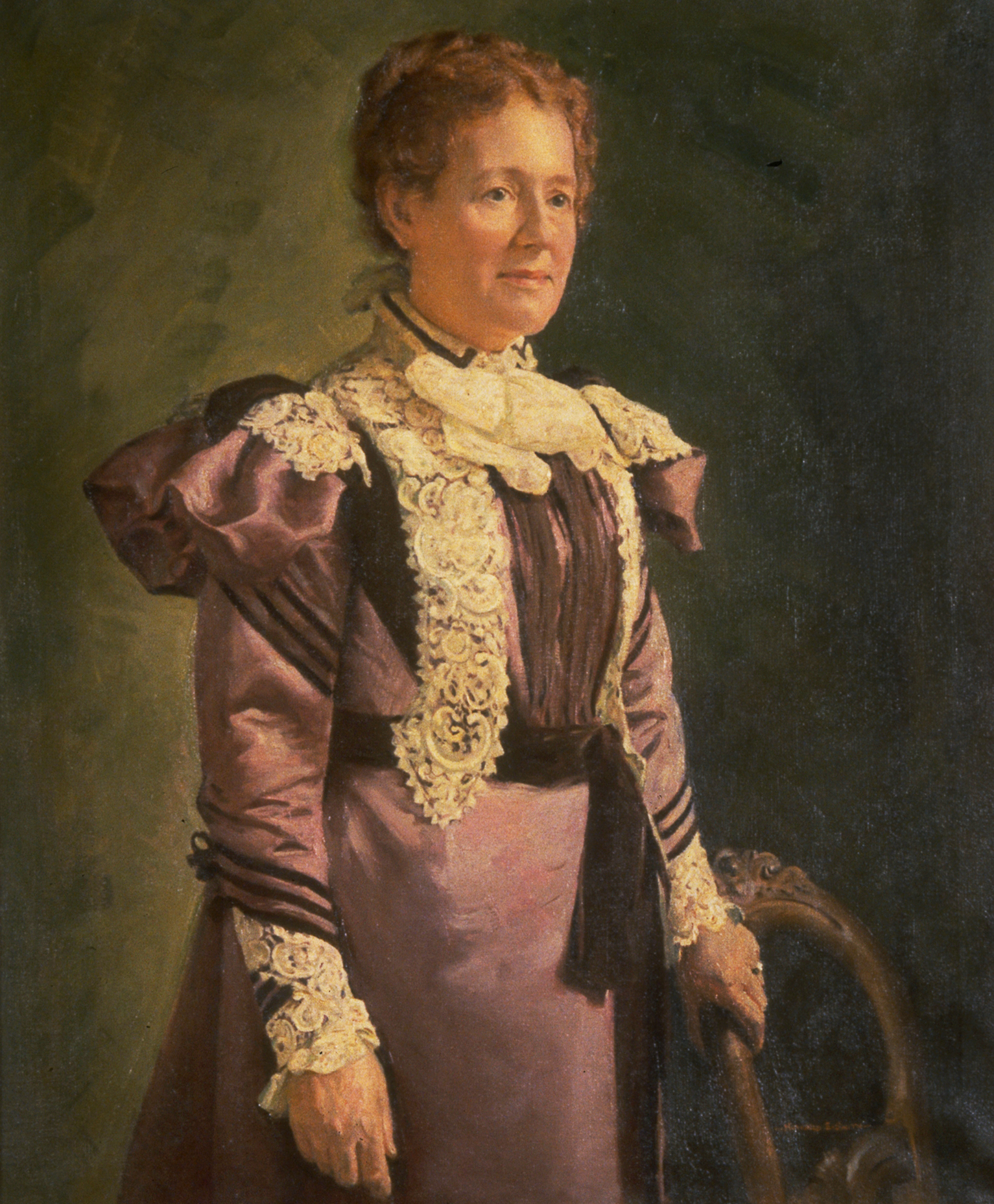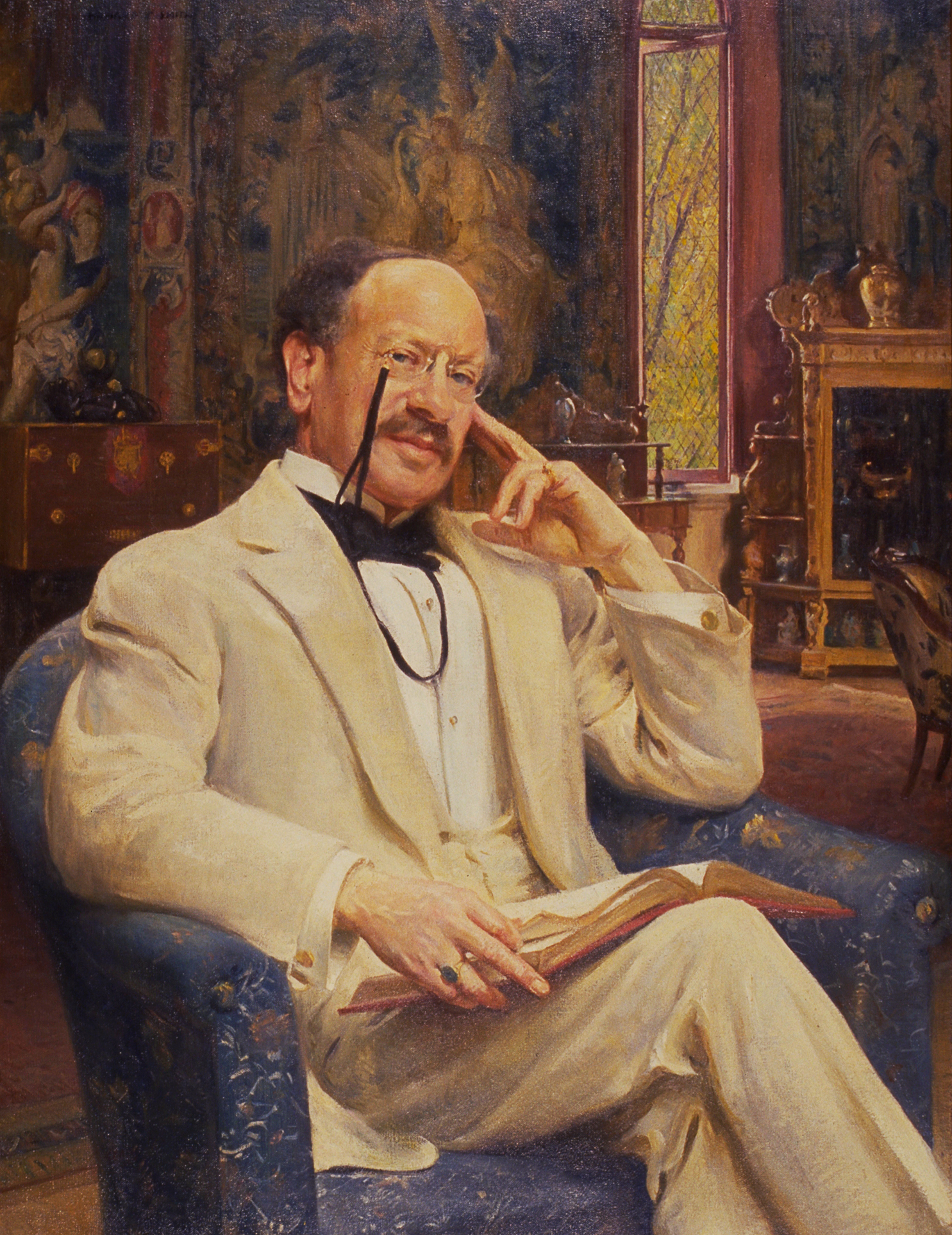DeCordova Sculpture Park and Museum is located on the former estate of Julian and Elizabeth “Lizzie” de Cordova (1851-1945). The self-educated son of a Jamaican merchant, Julian de Cordova became a successful tea broker, wholesale merchant, investor, and president of the Union Glass Company in Somerville, Massachusetts. Although he married into the locally prominent Dana family of Boston, Julian achieved prosperity without the advantages of inheritance or social position.
Travel and art were Julian and Lizzie’s passions. In an era before airplanes and automobiles, the two were rare tourists who traveled around the globe several times collecting what Julian described as “everything that took my fancy in every country of the world.” Inspired by their trips abroad and Julian’s own Spanish heritage, the couple began remodeling their summer home in Lincoln, Massachusetts in 1910 to resemble a European castle. Julian’s exposure to the visual arts abroad also influenced his management of the Union Glass Company, which under his stewardship produced ornamental glass to rival the quality of his European competitors.
For Julian, the visual arts served as a medium for self-improvement and enlightenment. In his later years, after the death of his wife and their son Dana, he opened the doors of his estate to share the wonders he and Lizzie had collected during seven decades of world travel. Julian envisioned a place where art would continue to educate and excite beyond his lifetime. To meet that end, he gave his property to the town of Lincoln in 1930 with the stipulation that his estate would become a public museum of art following his death.
Julian’s will established a committee of incorporation, whose duties included formulating the policy, objectives, and supervision of the new museum with the guidance of professionals in the field, such as the Director of the Museum of Fine Arts (MFA) in Boston. Independent appraisers determined that Julian and Lizzie’s eclectic collections were not of substantial interest or value, so the collection was sold and the proceeds were used to create a museum of regional contemporary art.
The committee reached this innovative decision after they noticed the near absence of modern art exhibitions in the Boston area, and the lack of venues for works by regional contemporary artists. When it officially opened in 1950, deCordova became the only museum to focus its exhibitions and collecting activities on living New England artists, while adopting a broad educational program in the visual arts.
The committee chose School of the Museum of Fine Arts graduate Frederick P. Walkey to lead the institution as its founding director. He aggressively organized an exhibition schedule and arts instruction program with a clear educational mandate. DeCordova established a reputation for ground-breaking exhibitions that introduced New England audiences to important trends within contemporary art both regionally and nationally, including Pop Art and Boston’s post-war expressionist movement.


